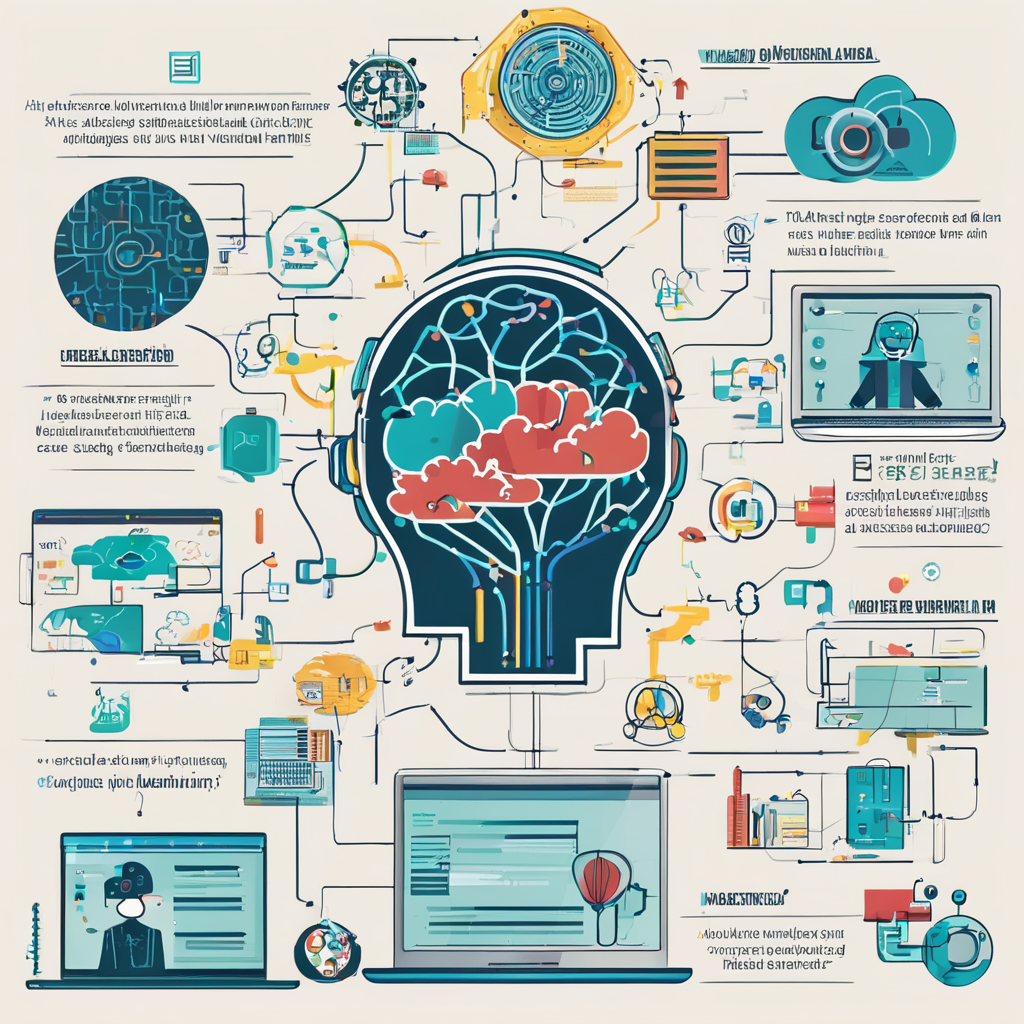In the realm of technology, terms like AI, Machine Learning, and Deep Learning are often used interchangeably, leading to confusion about their actual meanings. However, it is essential to understand the distinctions between these concepts to grasp their unique applications and implications in various fields.
Artificial Intelligence (AI) refers to the simulation of human intelligence processes by machines, including learning, reasoning, and self-correction. AI systems can perform tasks that typically require human intelligence, such as visual perception, speech recognition, decision-making, and language translation.
Machine Learning is a subset of AI that focuses on the development of algorithms and statistical models that enable computers to improve their performance on a specific task without being explicitly programmed. In essence, machine learning algorithms learn from data, identify patterns, and make decisions with minimal human intervention.
Deep Learning is a more advanced form of machine learning inspired by the structure and function of the human brain’s neural networks. Deep learning algorithms, also known as artificial neural networks, can automatically learn representations of data through multiple layers of interconnected nodes, or neurons.
While AI is the broader concept of creating intelligent machines, machine learning is a specific approach to achieving AI, and deep learning is a specialized technique within machine learning. Deep learning’s hierarchical structure allows it to process complex data and extract meaningful features for tasks like image and speech recognition.
AI applications are ubiquitous in our daily lives, from virtual assistants like Siri and Alexa to personalized recommendations on streaming platforms. Machine learning powers predictive algorithms in healthcare, finance, and e-commerce, while deep learning revolutionizes fields like computer vision and natural language processing.
Understanding the differences between AI, machine learning, and deep learning is crucial for businesses and researchers looking to leverage these technologies effectively. Each approach has its strengths and limitations, making it essential to choose the right tool for the task at hand to achieve optimal results.
As the capabilities of AI, machine learning, and deep learning continue to evolve, ethical considerations surrounding data privacy, bias, and accountability become increasingly important. It is crucial for developers and policymakers to address these issues to ensure the responsible and equitable deployment of AI technologies.
In conclusion, AI, machine learning, and deep learning represent distinct yet interconnected components of the evolving technological landscape. By grasping their differences and potential applications, we can harness the power of intelligent machines to drive innovation, enhance efficiency, and improve the quality of human life globally.
